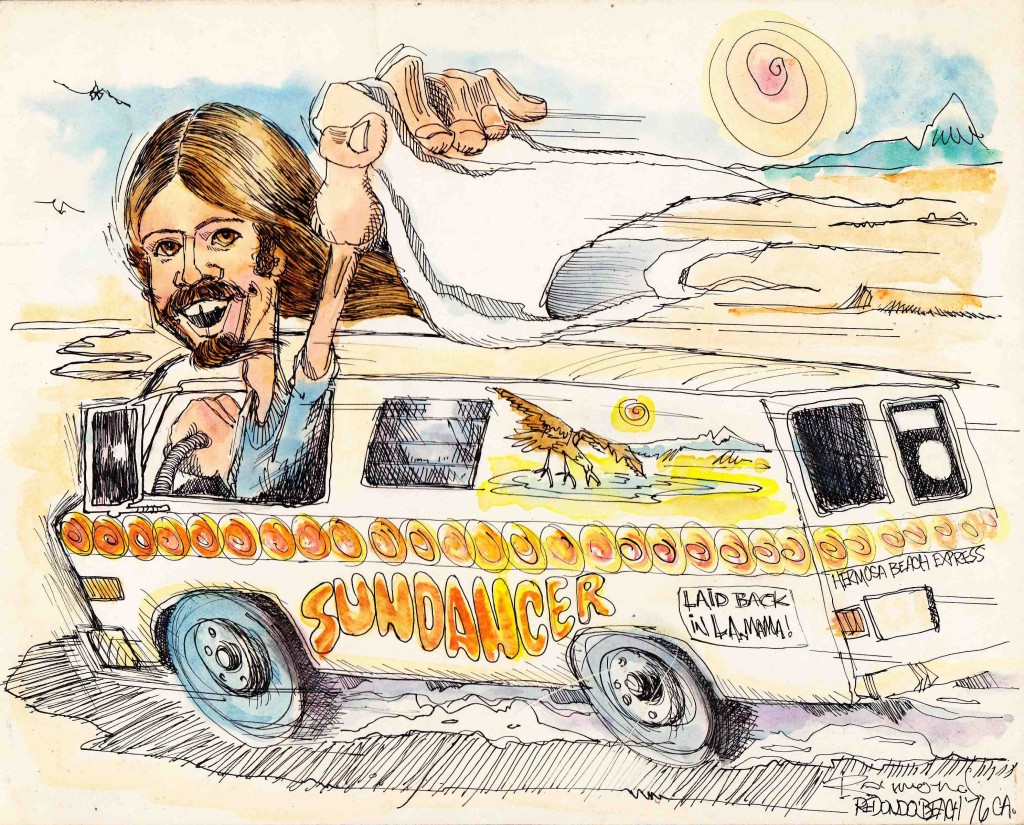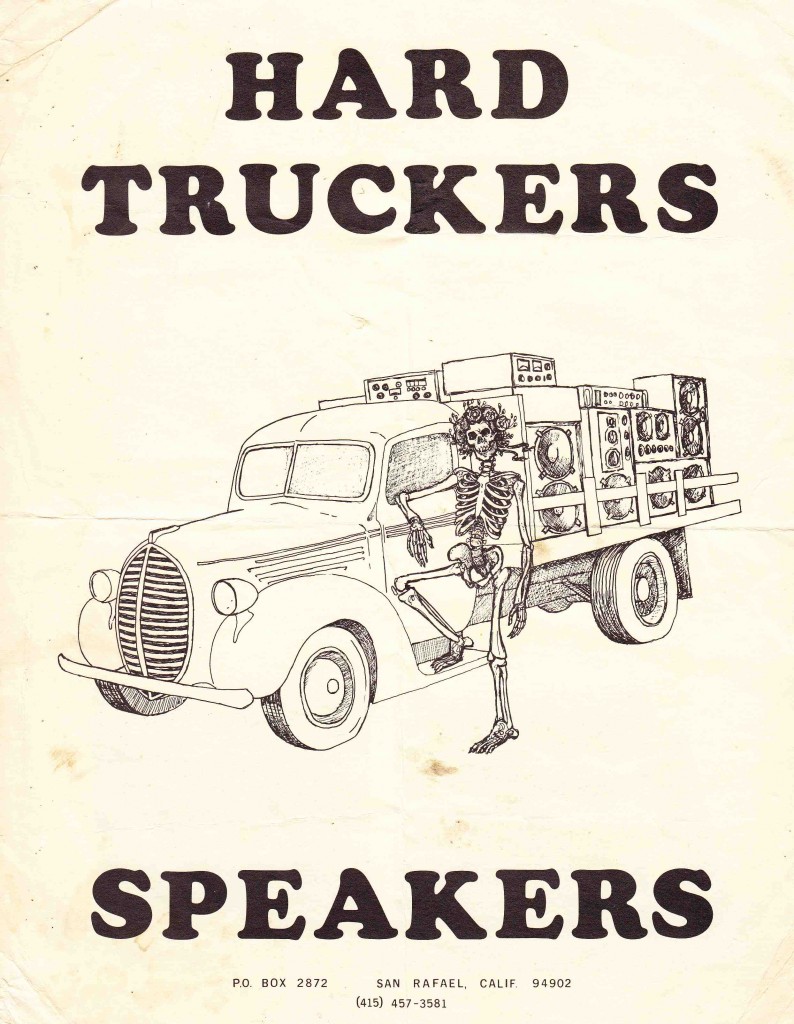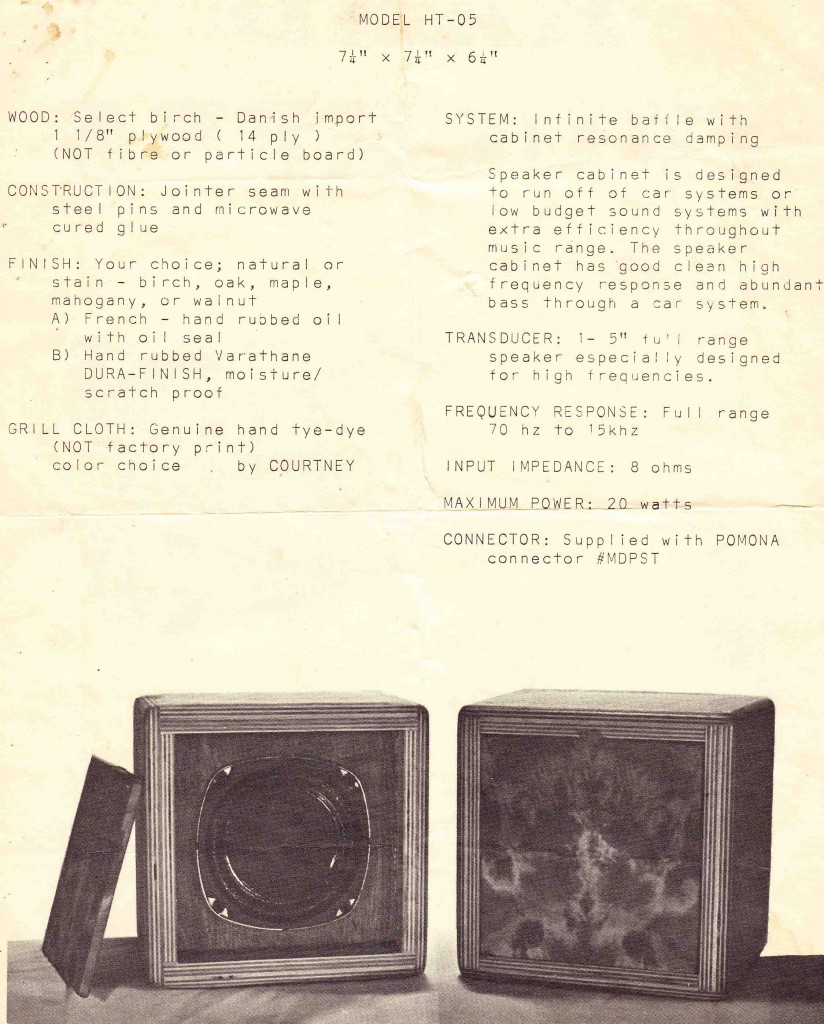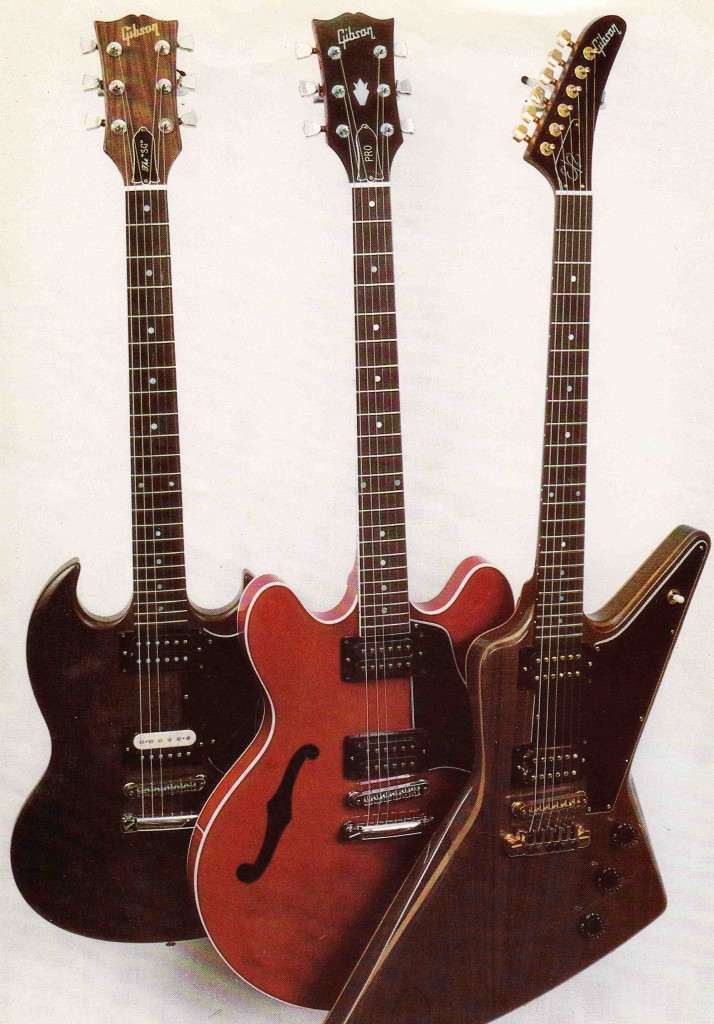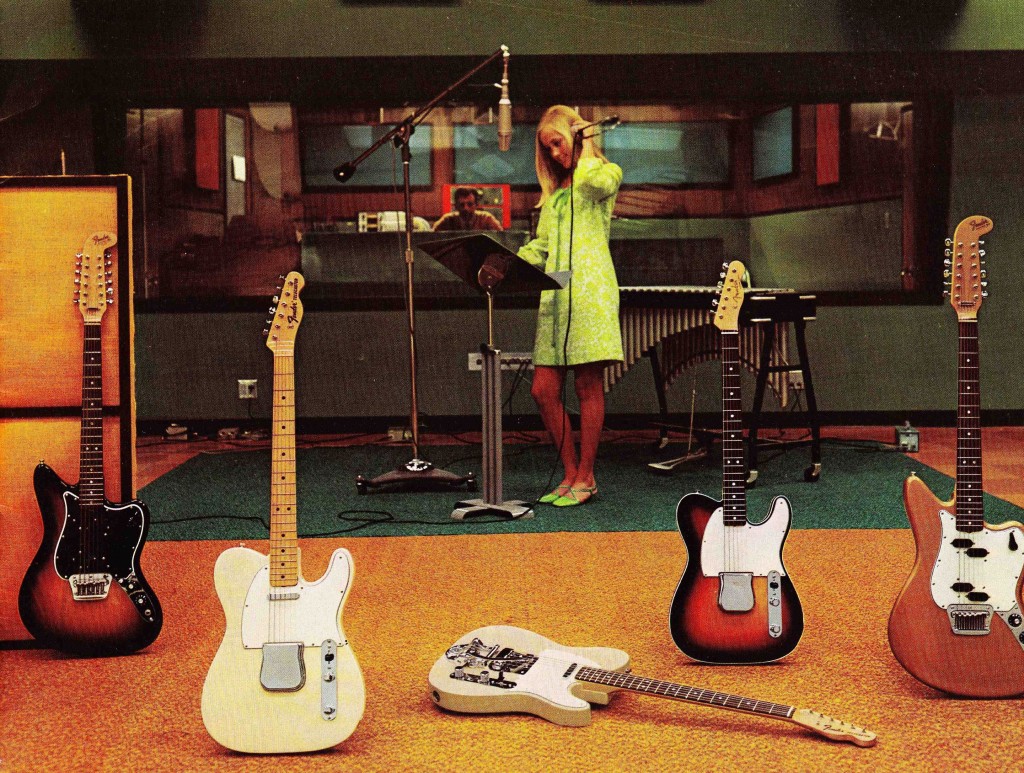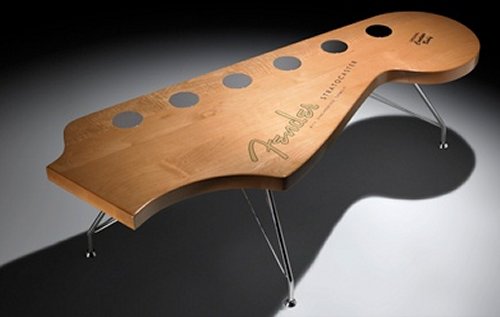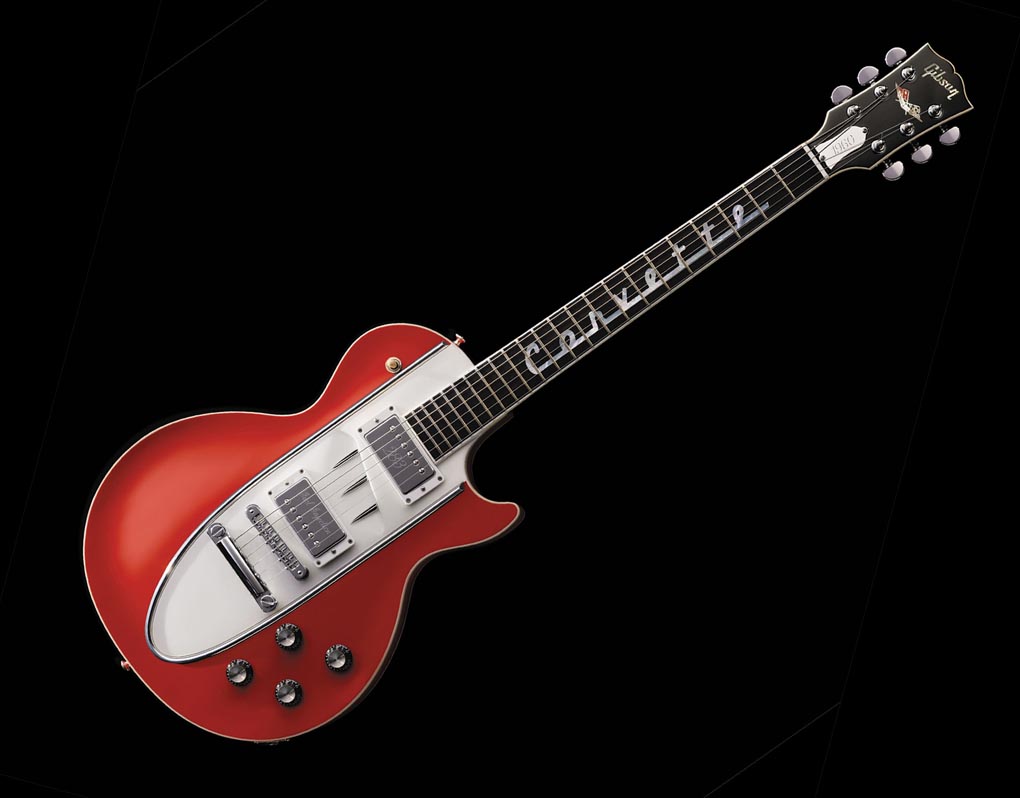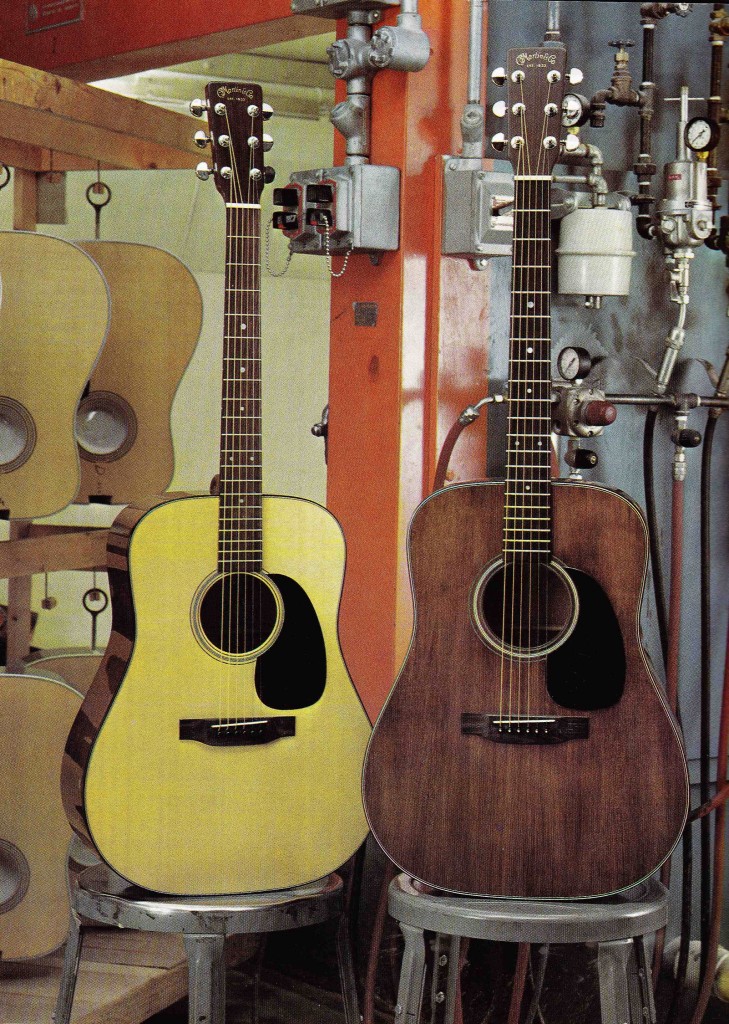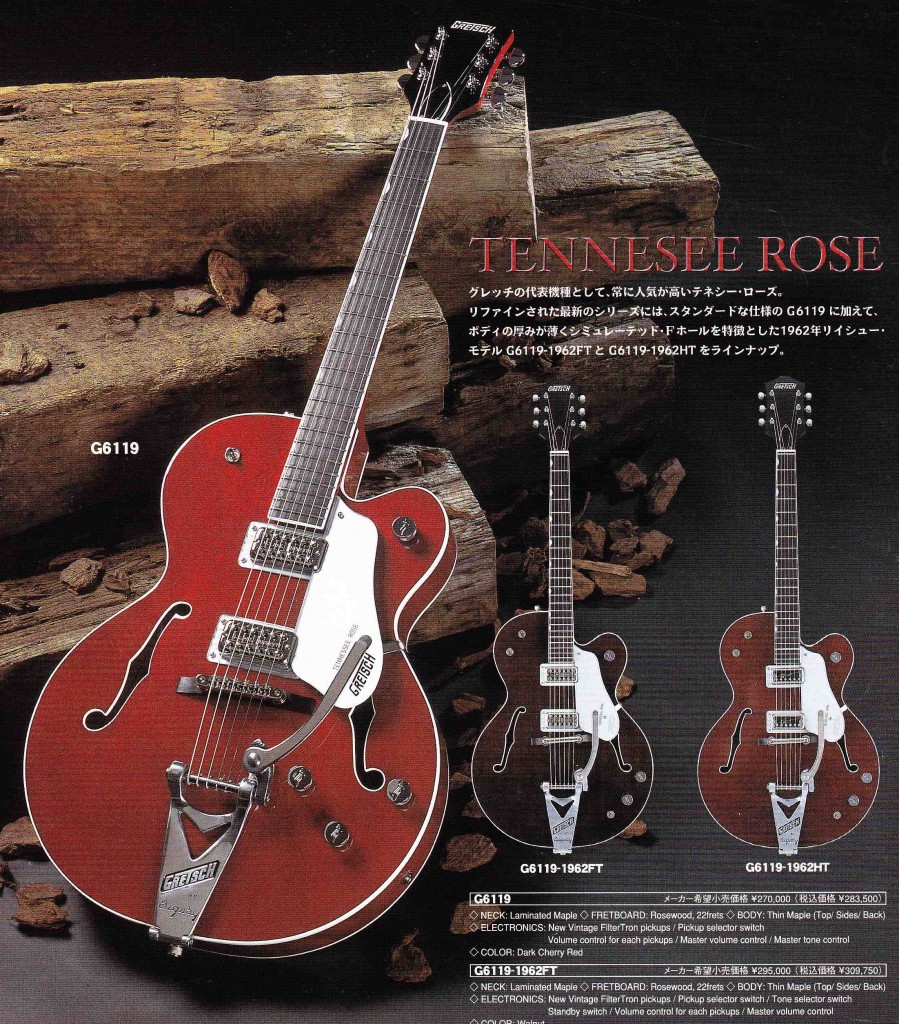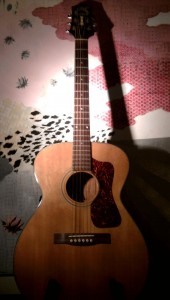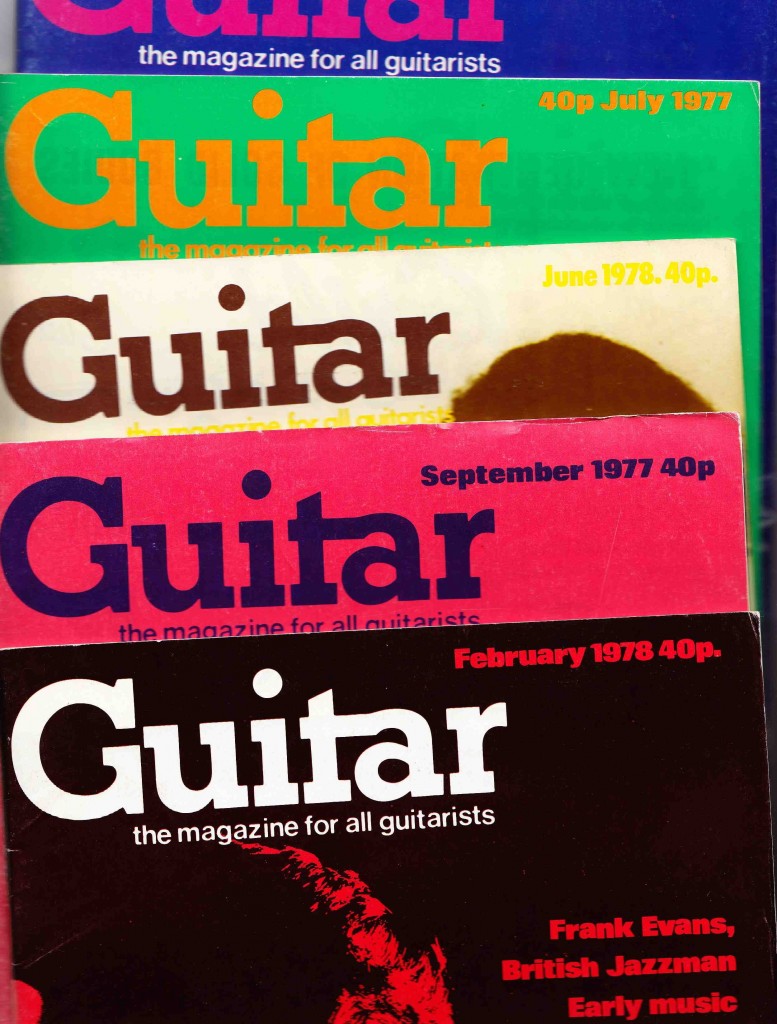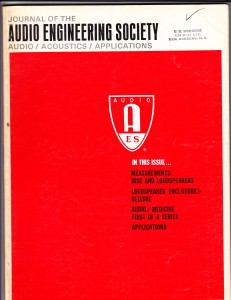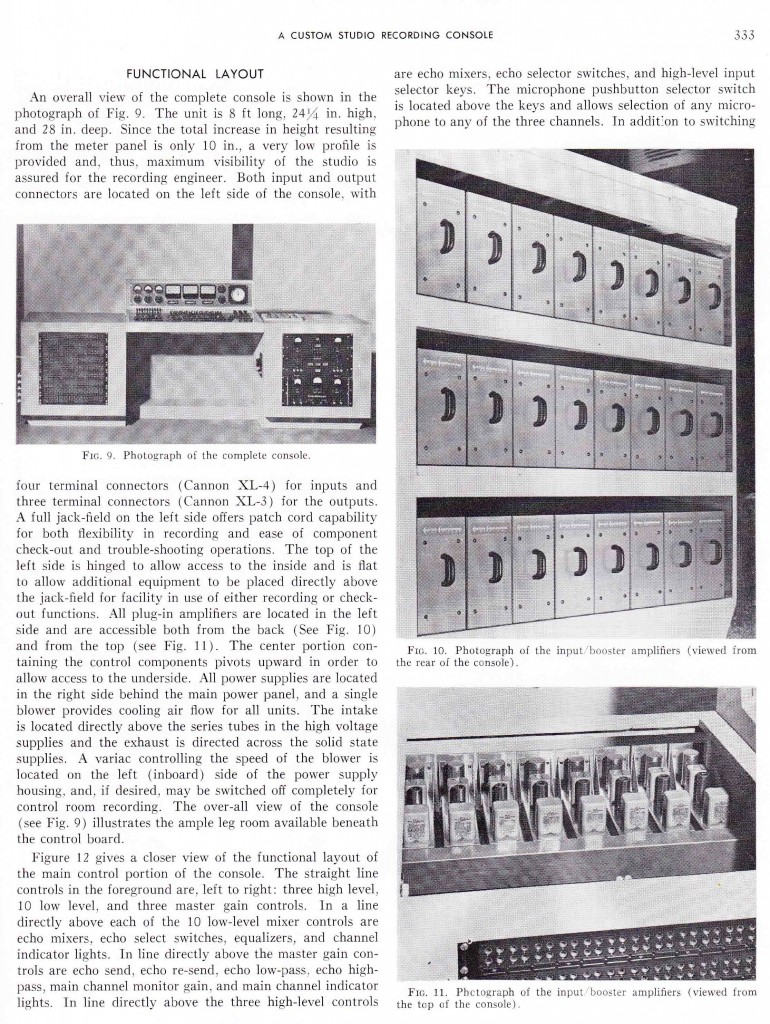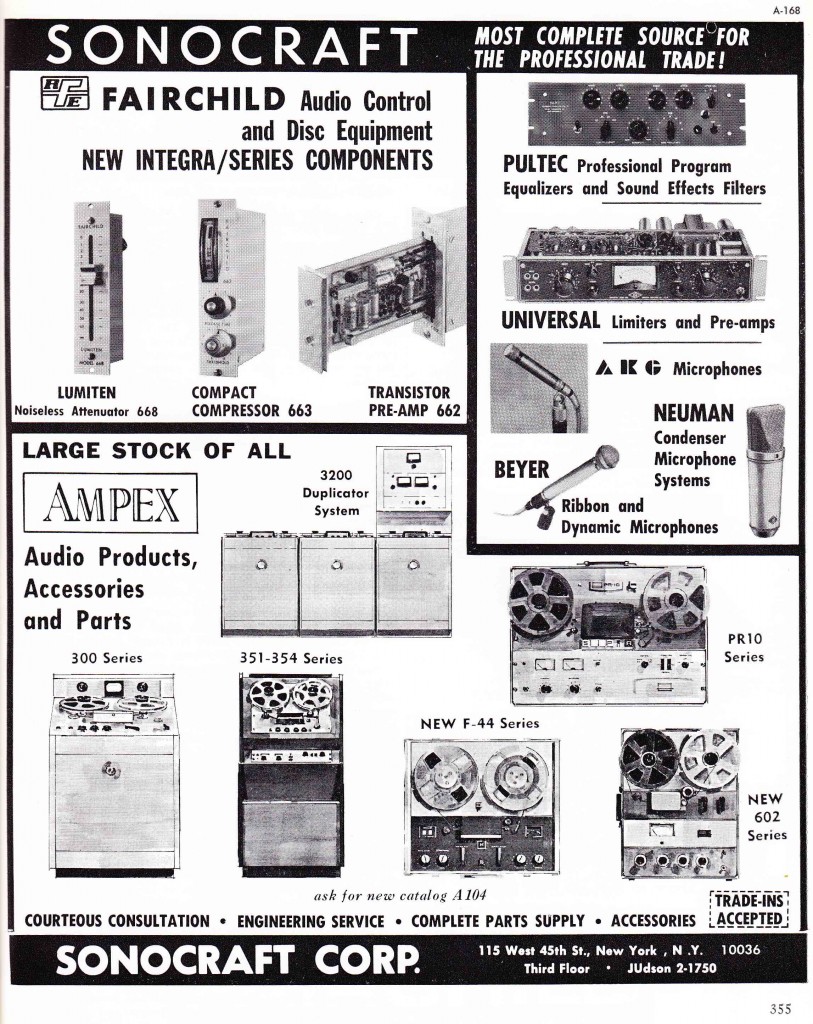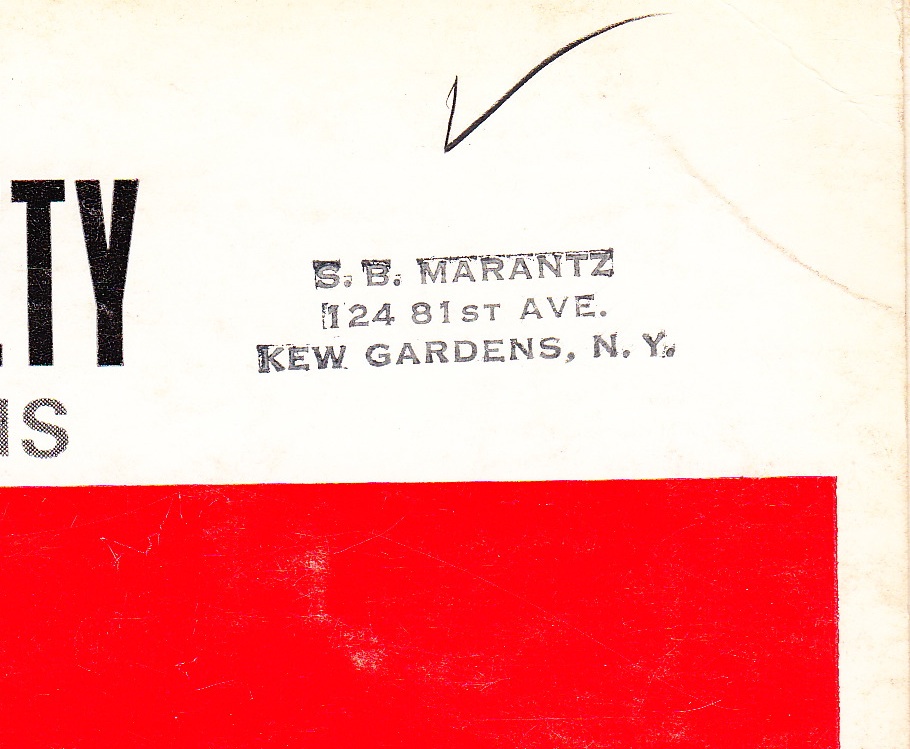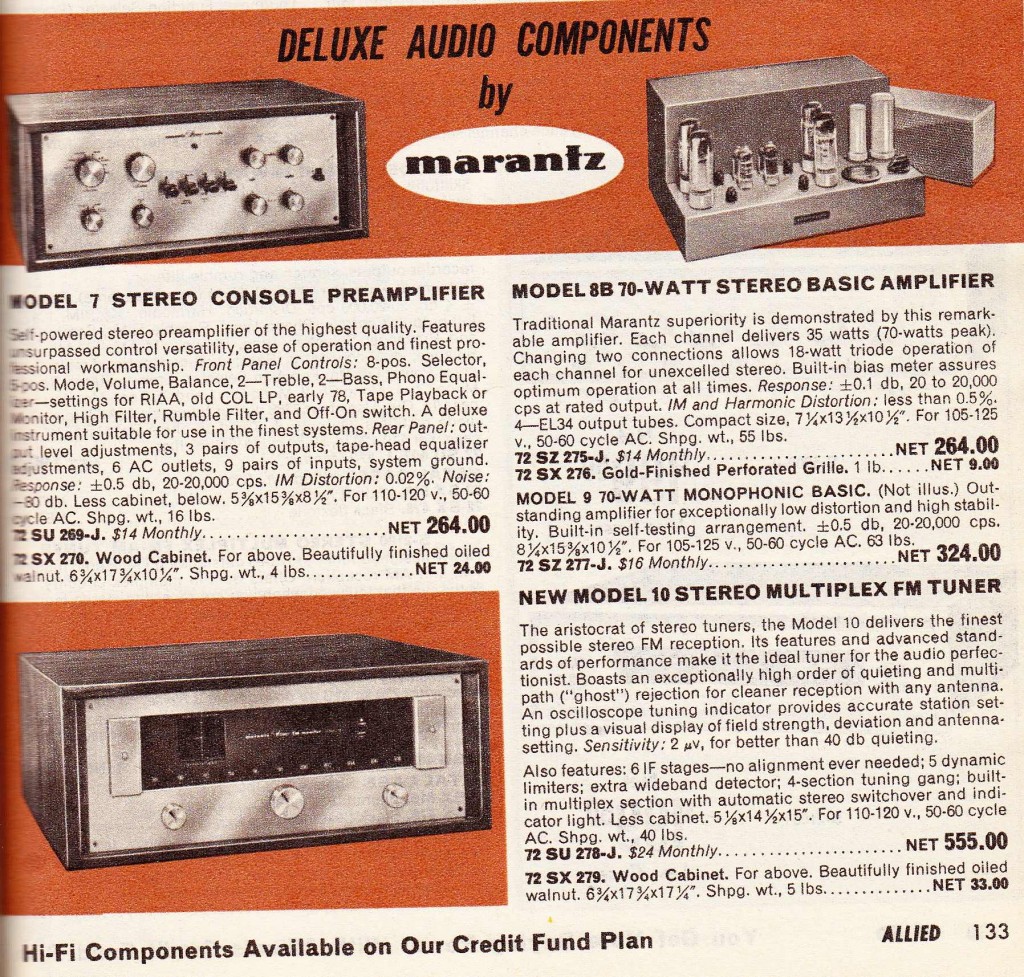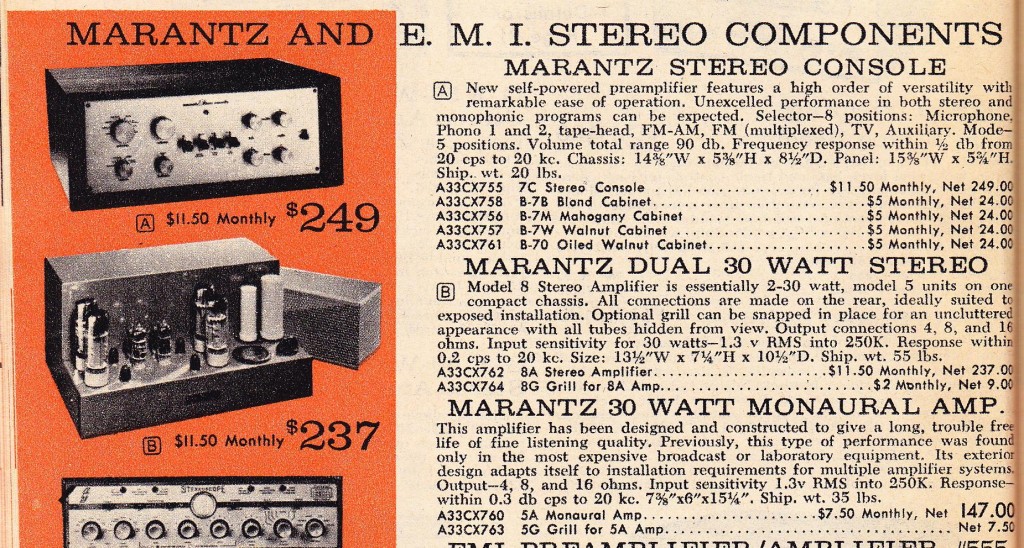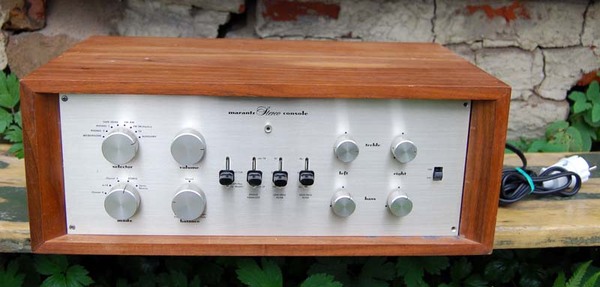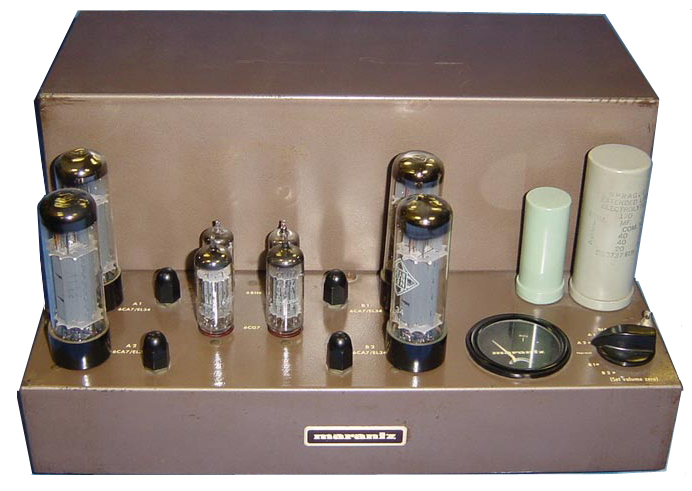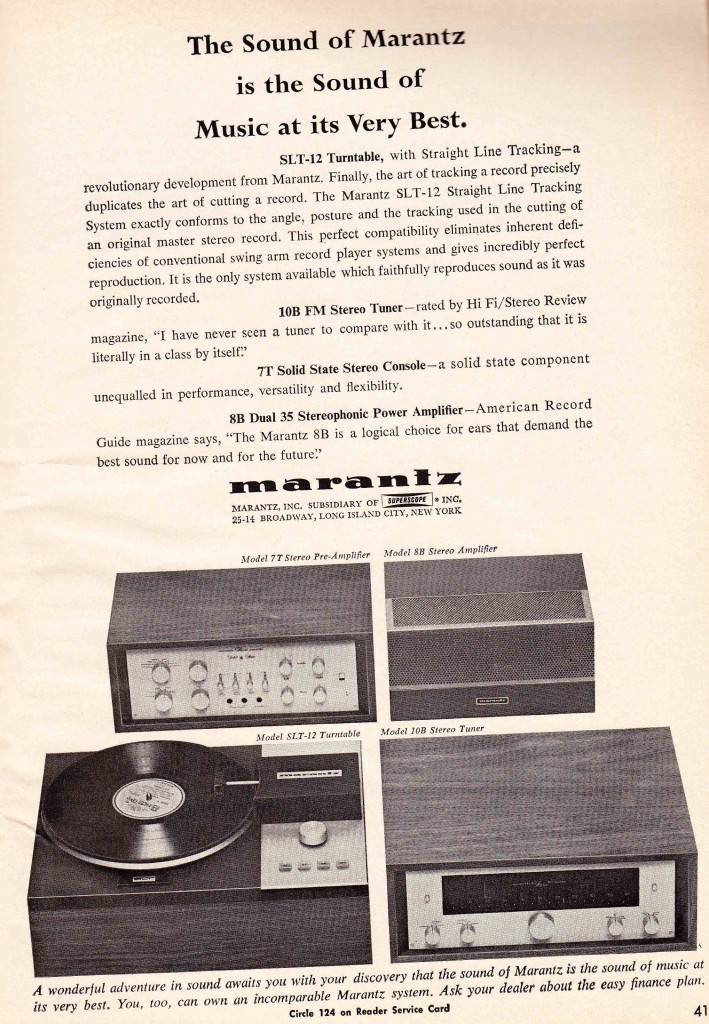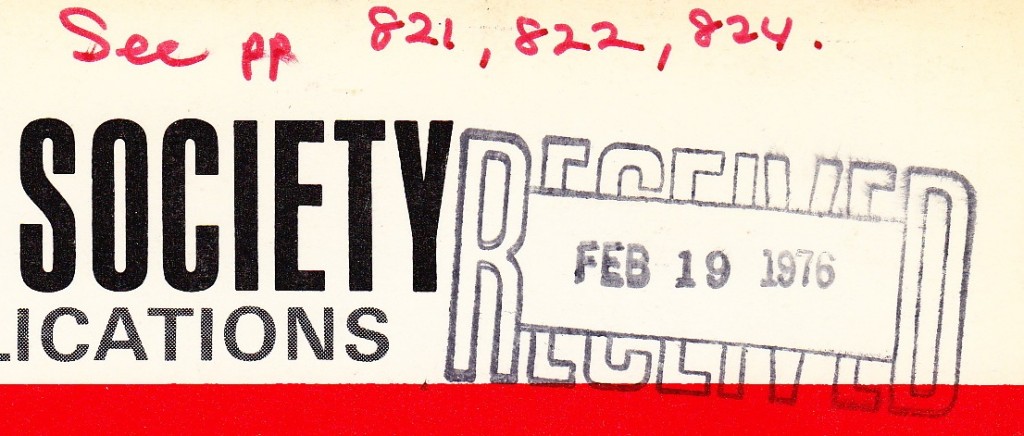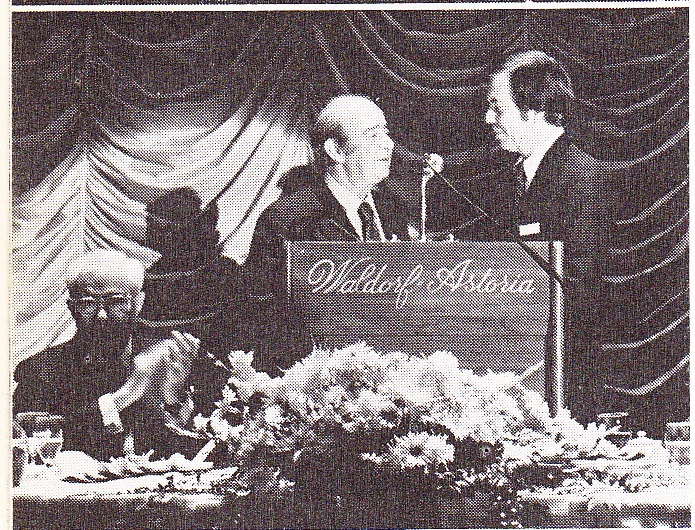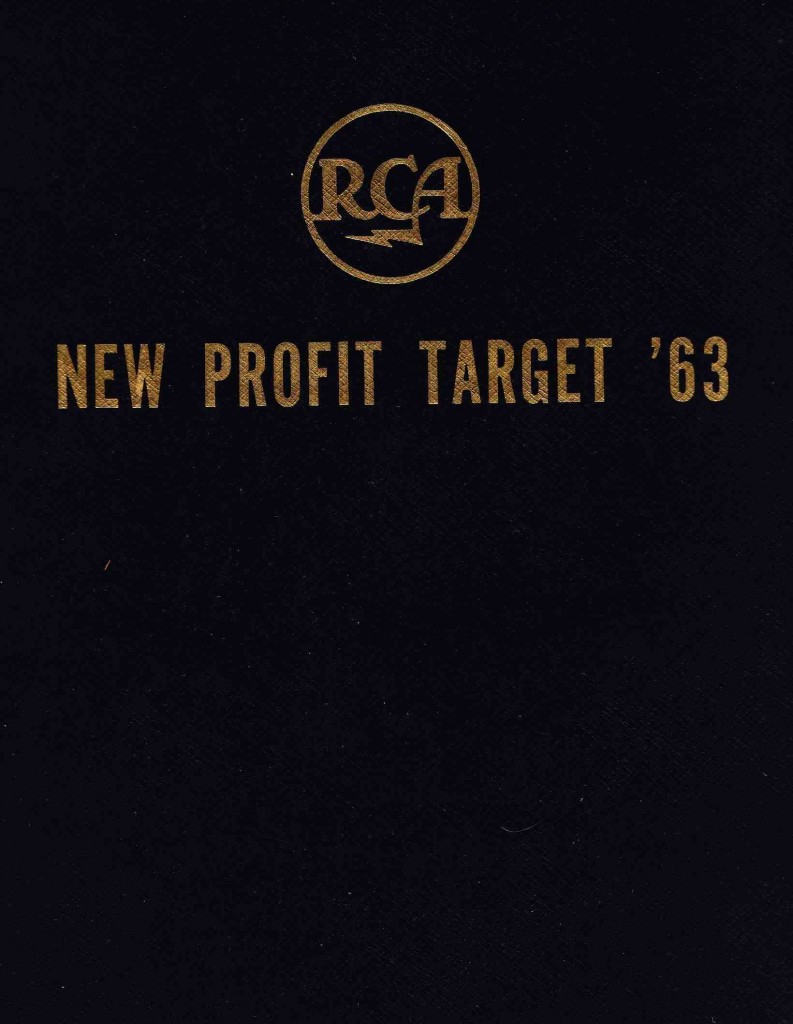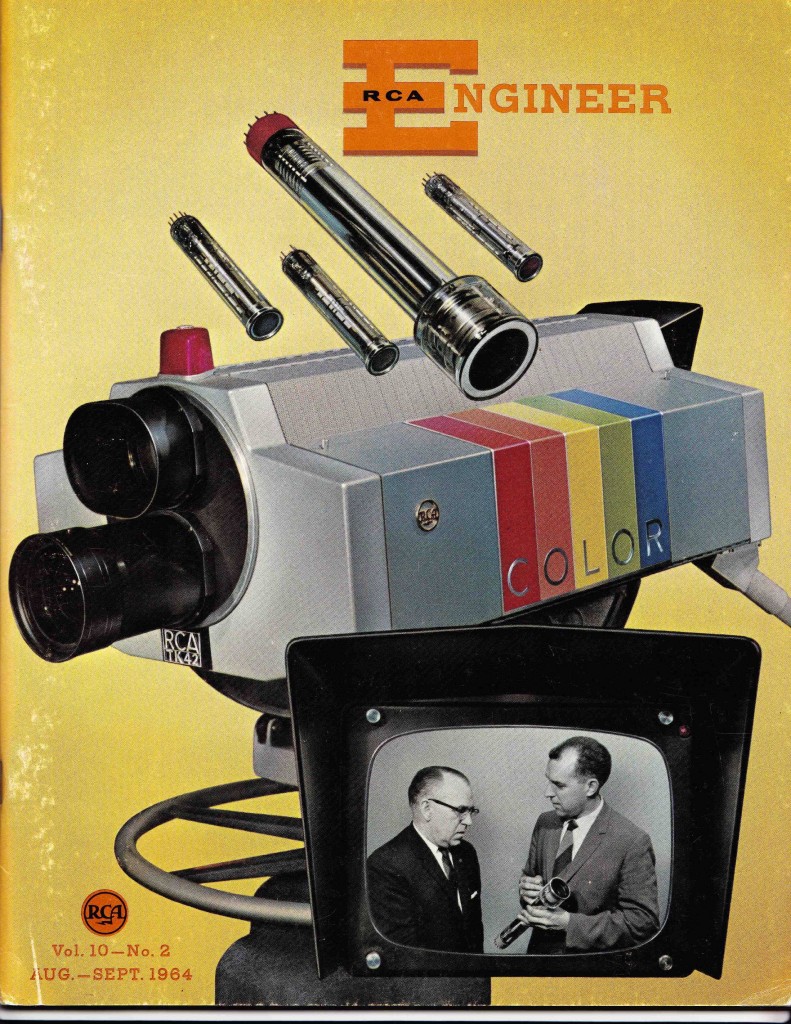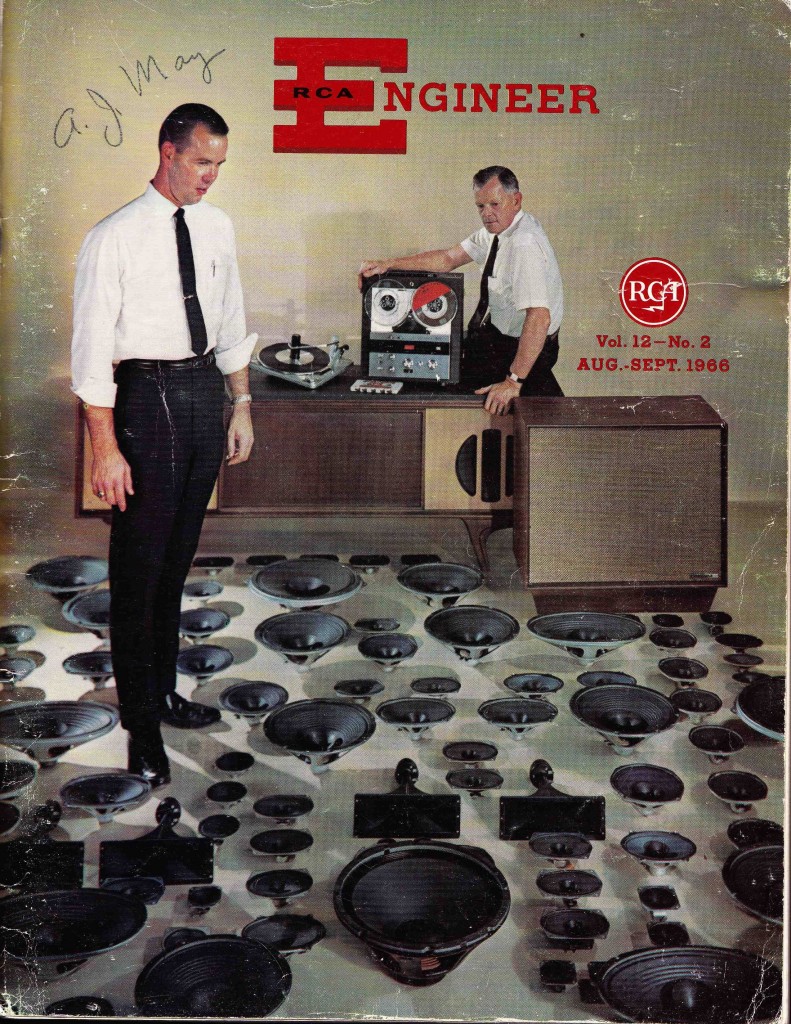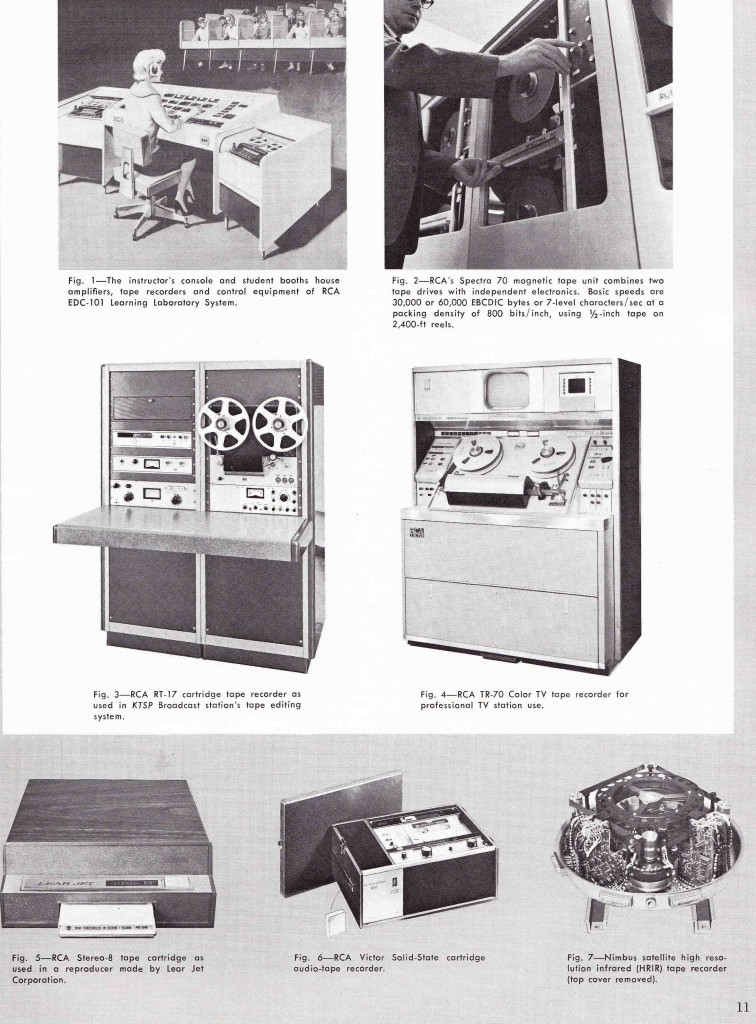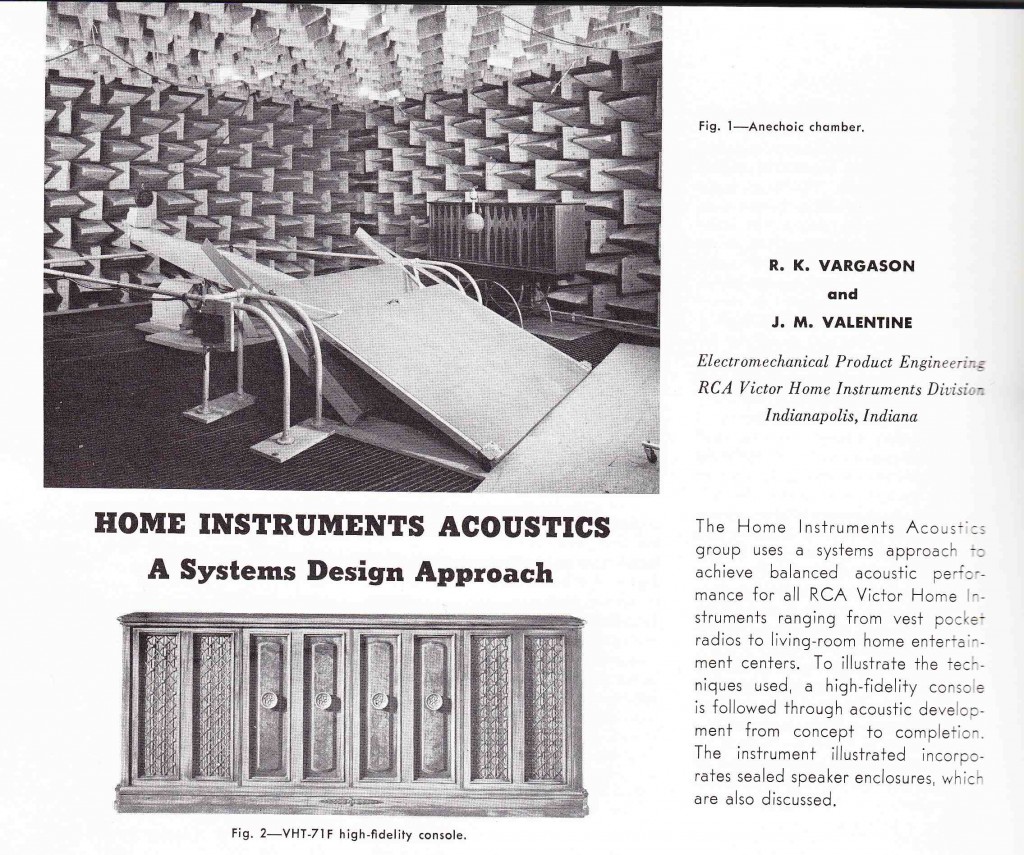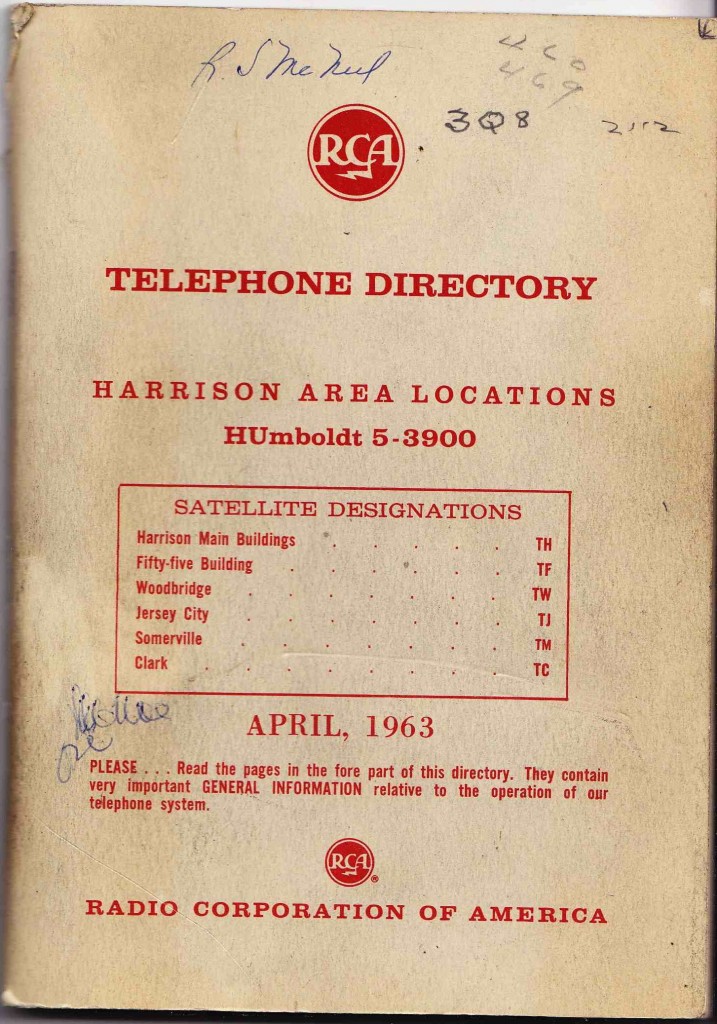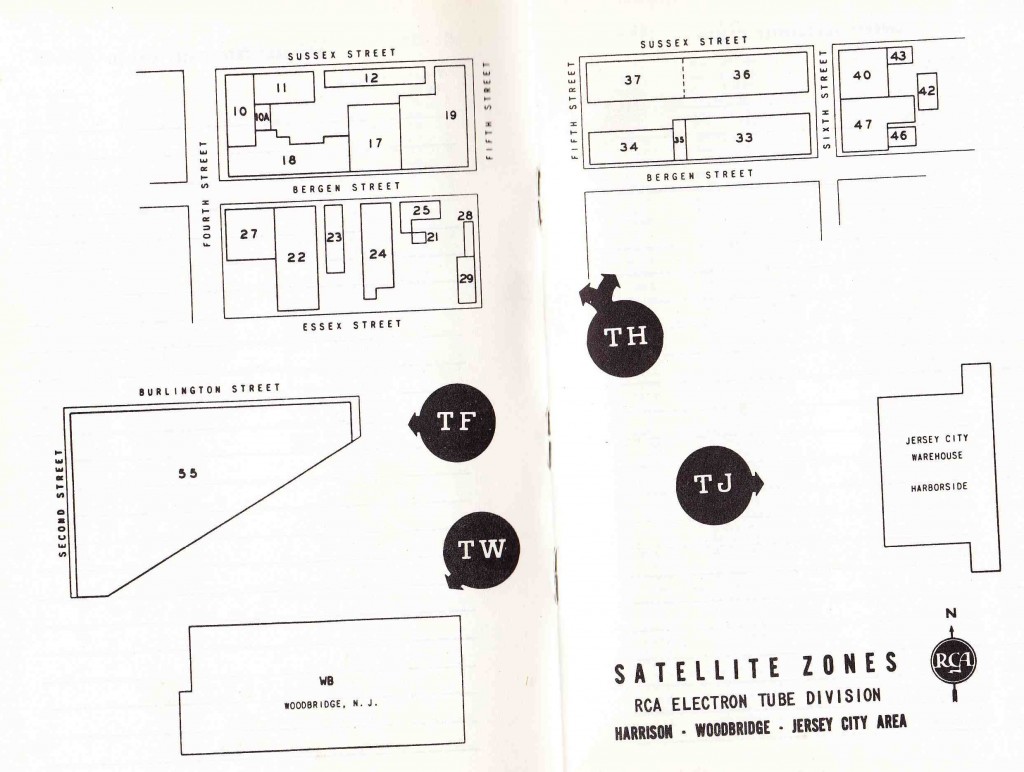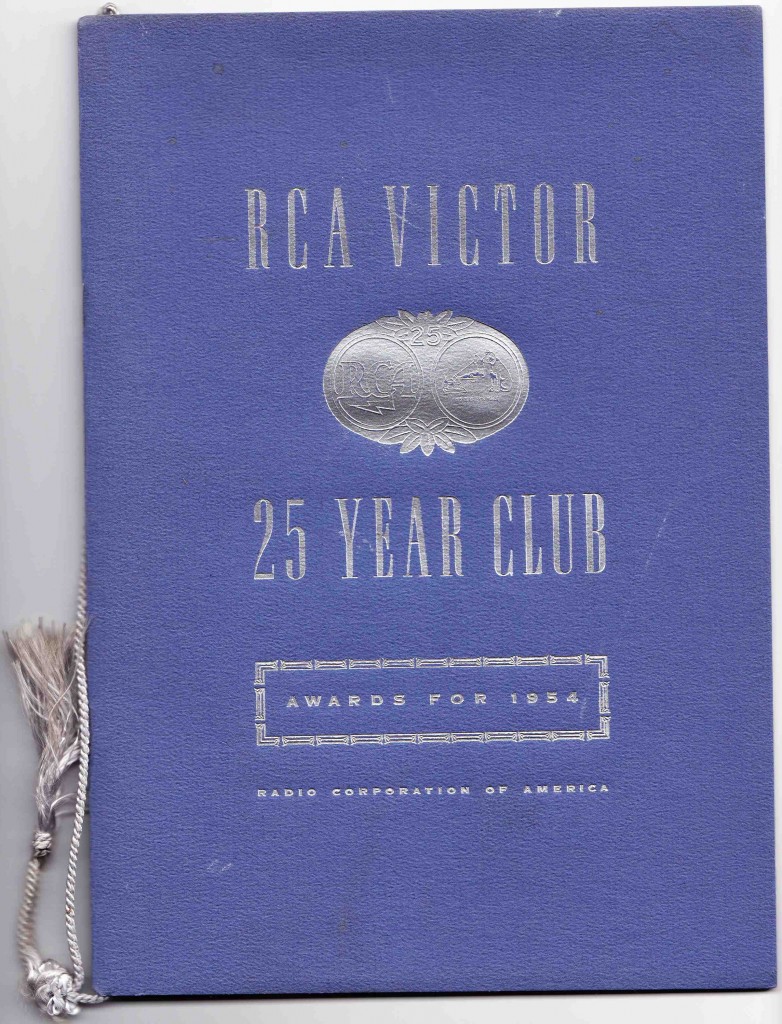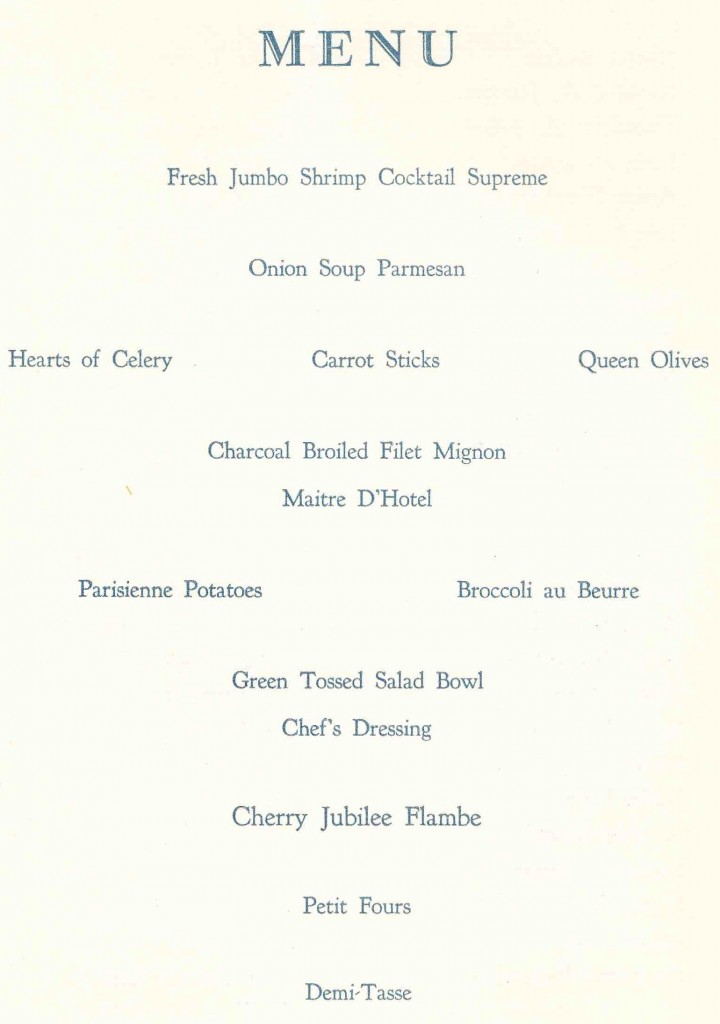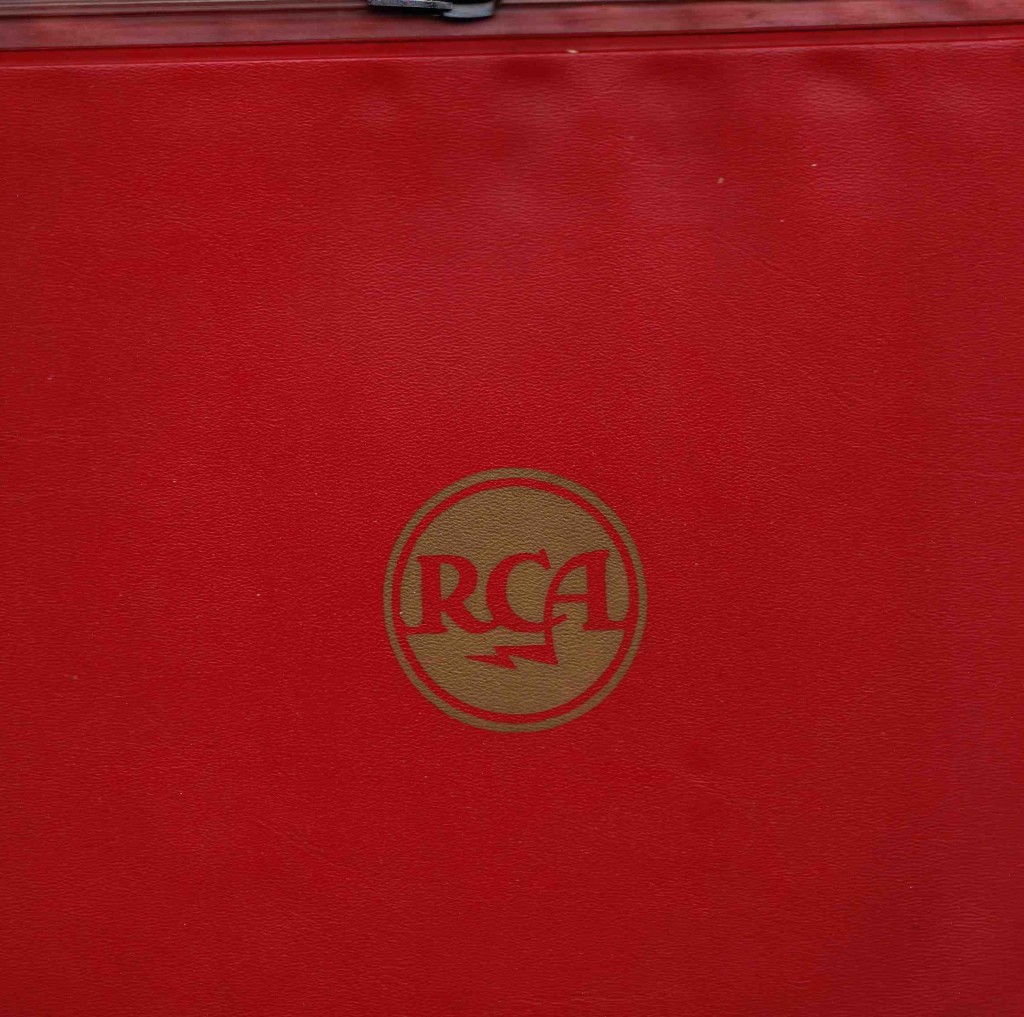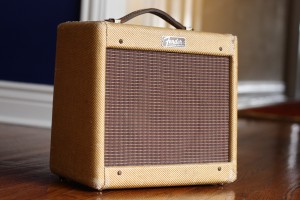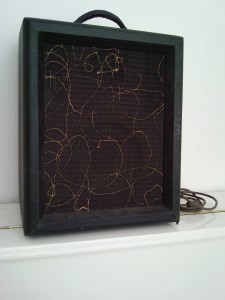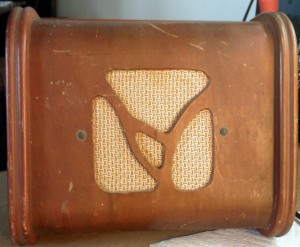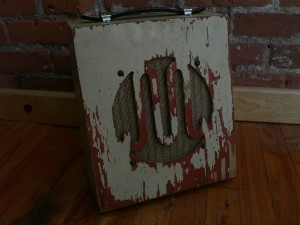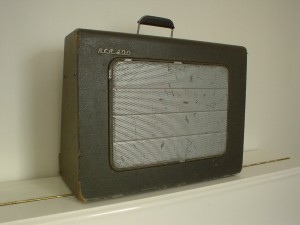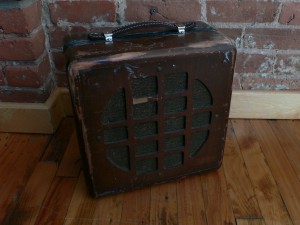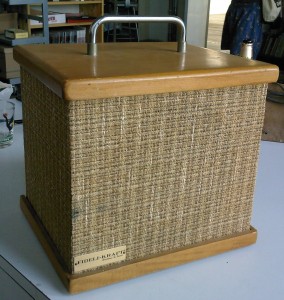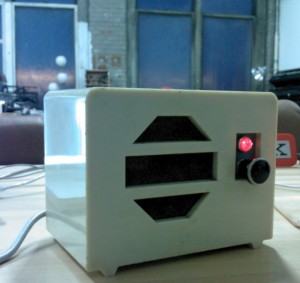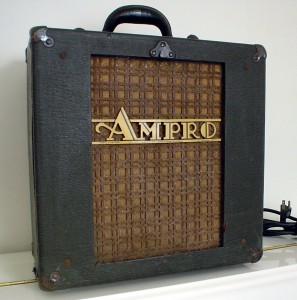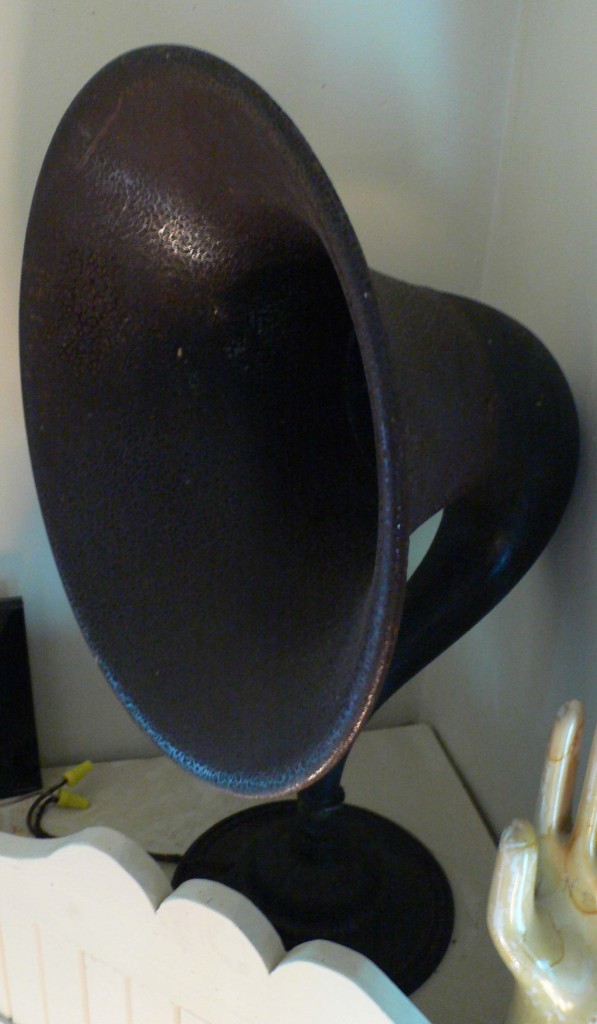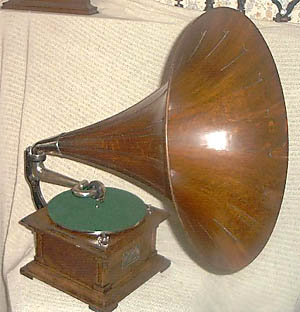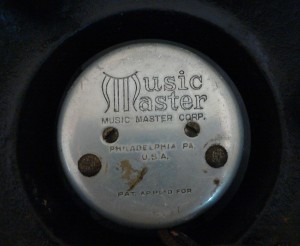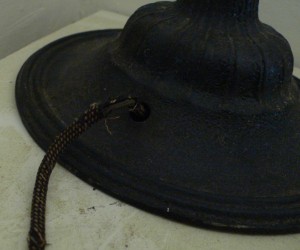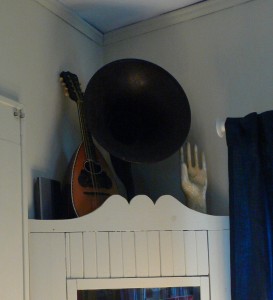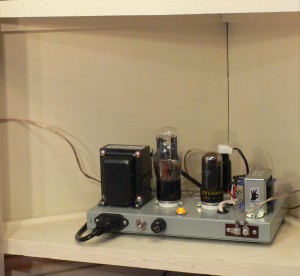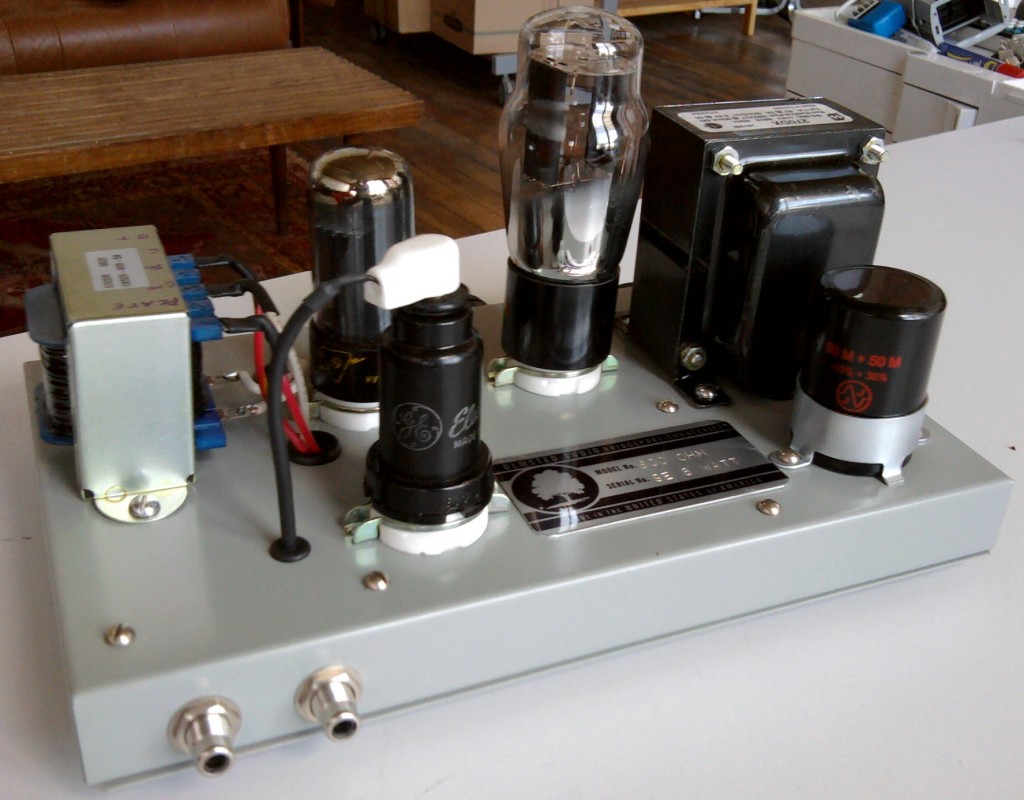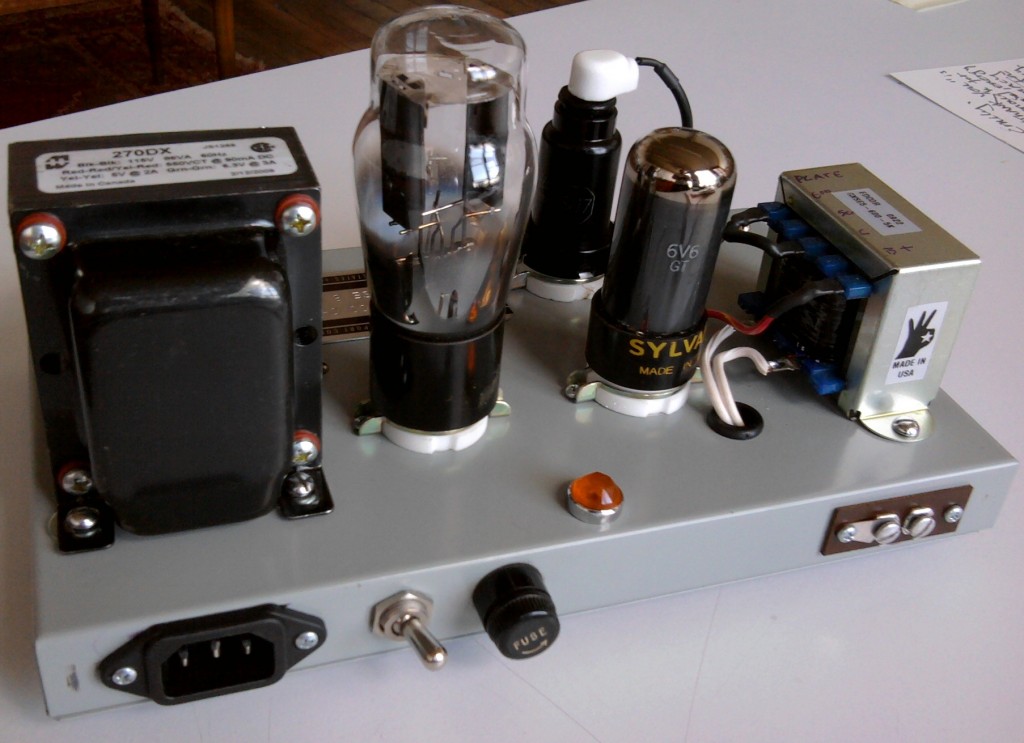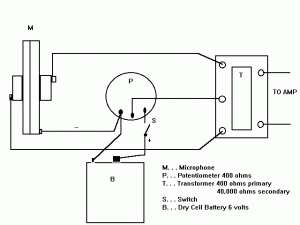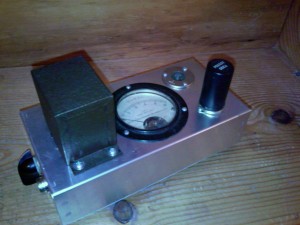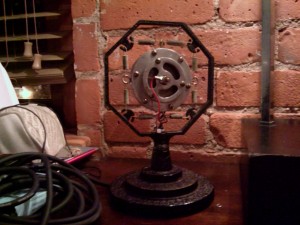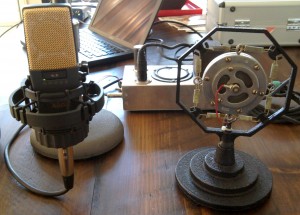Finally got my act together. Moving to California.
Got the van hooked up. Custom Curtains.
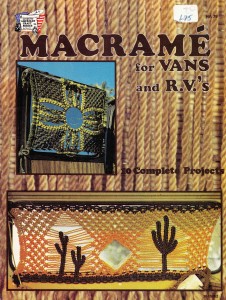
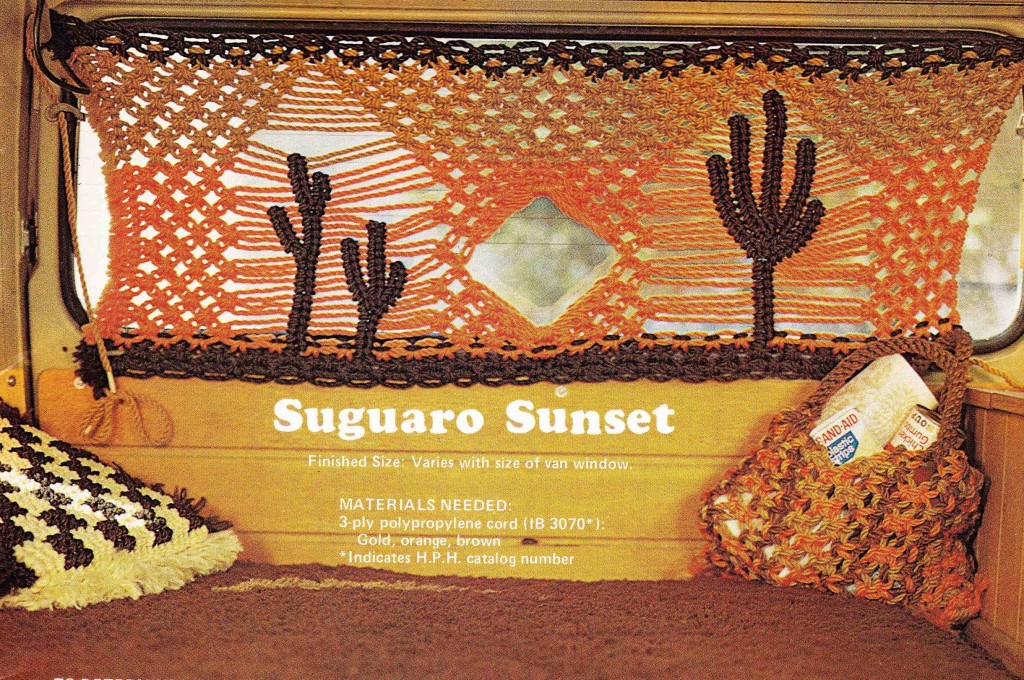 Chose the perfect window-shape to tell what I’m about…
Chose the perfect window-shape to tell what I’m about…
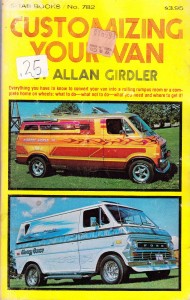
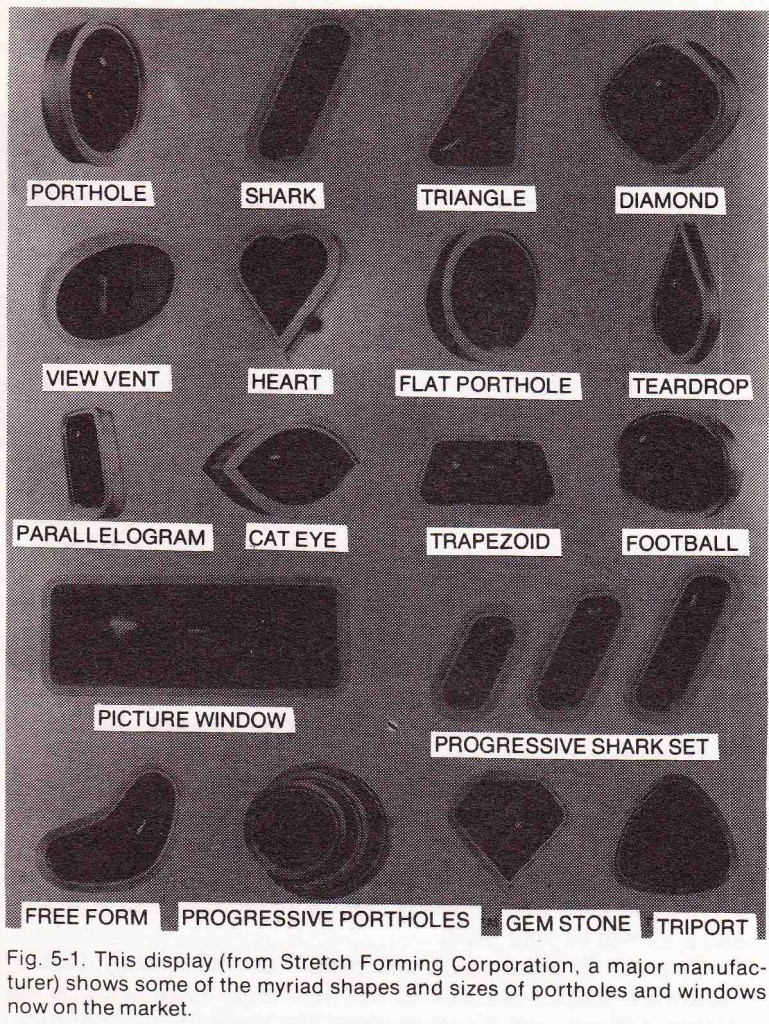 But most importantly- got the sound going.
But most importantly- got the sound going.
Found this company that made the sound system for the Dead. Now they make lil’ mini-cabinets for cars (and vans).
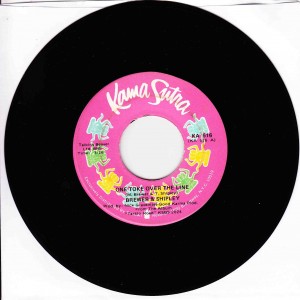 **************************************************************************************
**************************************************************************************
‘Hard Truckers’ is a company that makes speaker cabinets and supplies touring equipment for rock bands. Specifically, it seems, bands in the ‘jam band’ scene. From their website, it appears that they have been at-work in their current incarnation since 2006.
The roots of this company go much deeper, though. According to Blair Jackson’s ‘Grateful Dead Gear’, ‘Hard Truckers’ was formed in 1975/1976 after the Dead went on ‘hiatus’ and their roadies were put out-of-work. But these were no ordinary rocknroll roadies – these were the men responsible for this great icon of the concert industry: the Wall Of Sound.
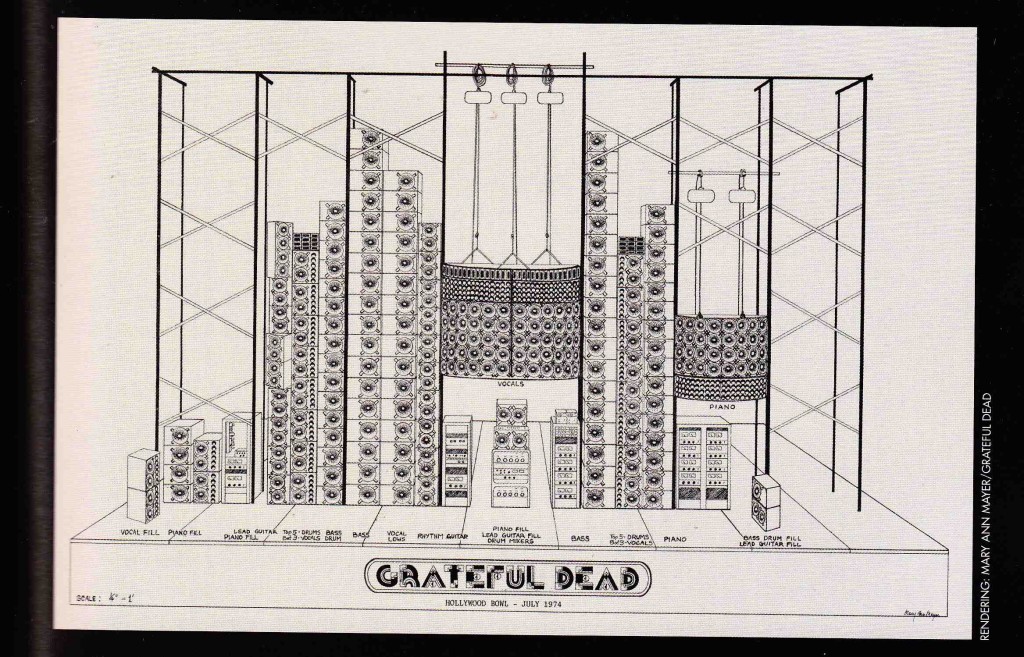
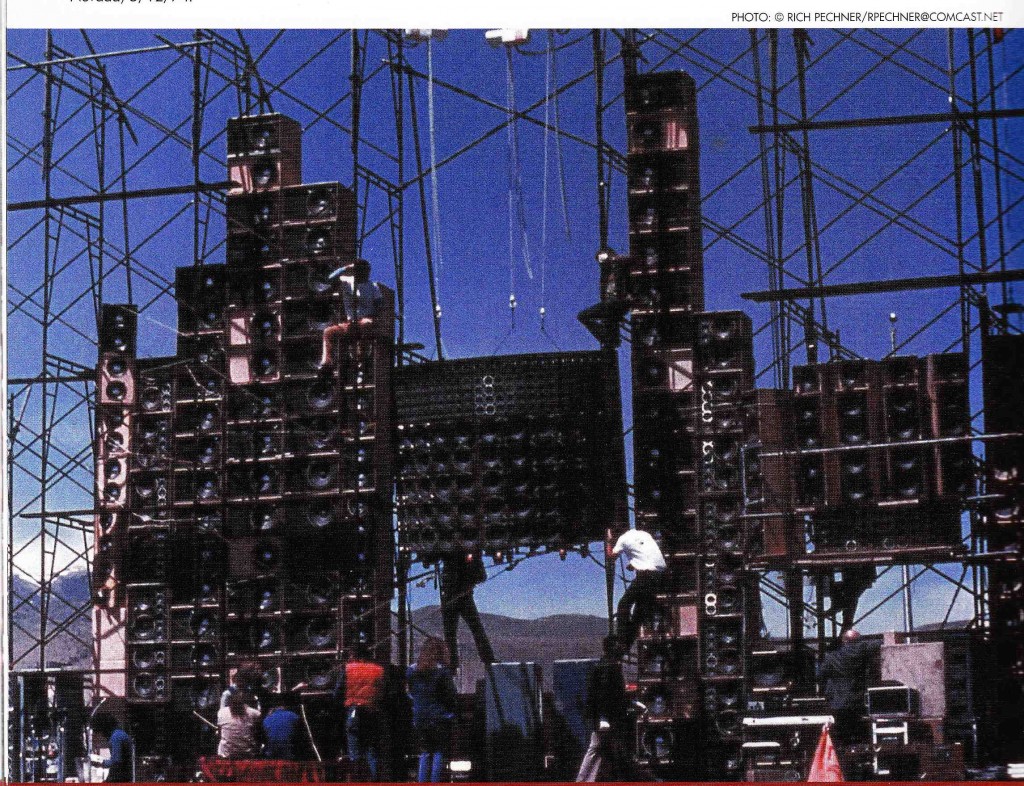 (images scanned from Mr. Jackson’s book. See photos for attribution).
(images scanned from Mr. Jackson’s book. See photos for attribution).
I am not a Grateful Dead fan, but I have always been fascinated by images of the Wall Of Sound. Jackson’s book tells the story of this bold and bizarre experiment in live-sound-reinforcement. It’s a long and involved and technical tale, but suffice to say this: this was a band that was willing to go all-out, no expense spared, in order to try and solve what was essentially a new problem: how do you get ‘good’ sound for a loud band in a space that holds up to 20,000 people? And the space was different every night? Stanley Owsley, the Dead’s chief sound engineer, explored this issue, and the solution that he chose to pursue was to build ‘An integrated system where every instrument (PS: and the vocals) has its own amplification, all set up behind the band without any separate onstage monitors” (Jackson, p. 132). Ironically, this is the same logic that informs the “latest and greatest” “innovation” in sound-reinforcement, the very un-rocknroll Bose L1 system.
The Wall Of Sound did not last long, and the expense and operational-intensity (aka HASSLE) involved with moving and running this system is one of the factors that Jackson cites in the band’s decision to take a long mid-seventies hiatus… which is what lead the out-of-work Dead roadies to create the Hard Truckers company.
The little 5″ Hard Truckers that my pal Sundancer put into the Hermosa Beach Express (btw- FWIW – that watercolor and that original Hard Truckers product sheet came from the same lot) were essentially little micro versions of the PA cabs that the HT dudes had been making for Dead.
What a strange story. Check out Jackson’s book if you want all the details. It’s worth a read. These guys were really pushing the limits back then.
No one has ever published a book that tells the history of rocknroll sound reinforcement. This book will come someday. It’s a too-often overlooked part of the audio world. I heard a rumor that someone was working on a book about the PA system used at Woodstock, and this would be a good start. In a future post, I plan to dig a little bit into vacuum-tube PA heads. There is a lot to explore there.
Has anyone tried the Bose L1 system?
Anyone ever come across any of the original 1970s Hard Truckers cabinets?
